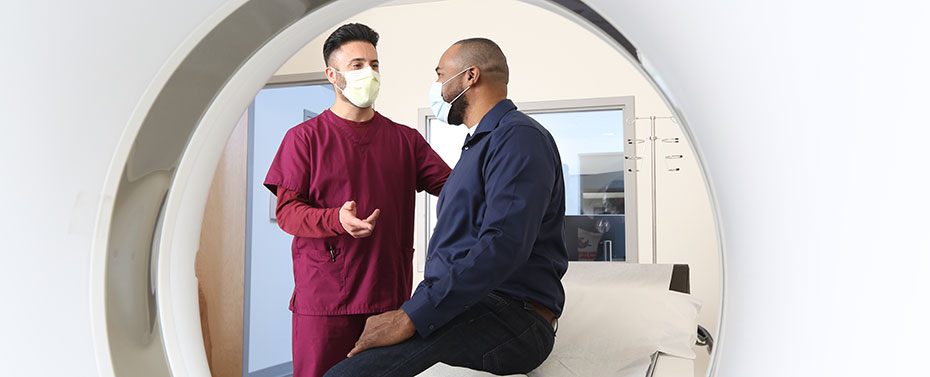Radiology and Imaging

Englewood Health offers radiology and imaging services at several convenient locations. We pride ourselves on serving our community and patients with the most advanced diagnostic equipment, an unsurpassed staff, and exceptional service. We are accredited by:
- American College of Radiology: MRI, CT, Ultrasound, Nuclear Cardiology, Nuclear Medicine, PET/CT, Mammography; Breast Imaging Center of Excellence designation for The Leslie Simon Breast Care and Cytodiagnosis Center
- Intersocietal Accreditation Commission: Accreditation for Vascular Lab, Echocardiography, and Nuclear Cardiology
- Lung Cancer Alliance: Designation as a Lung Cancer Screening Center of Excellence
To make an appointment for a radiology test, call 201-894-3640 or book online.
